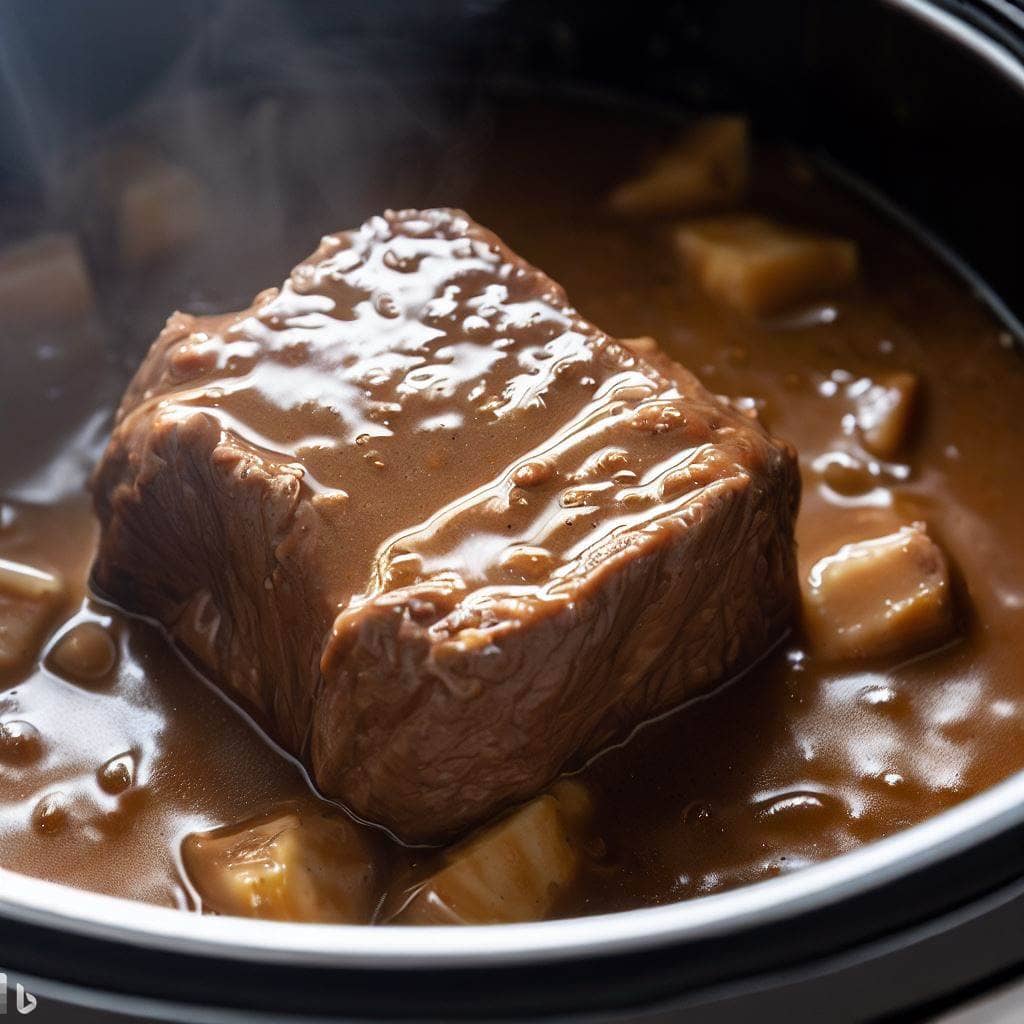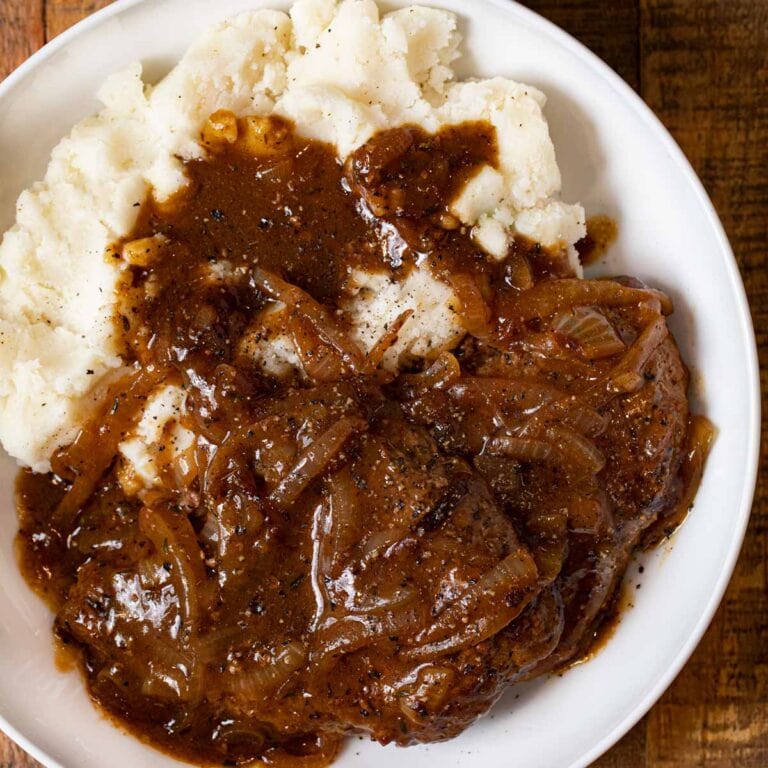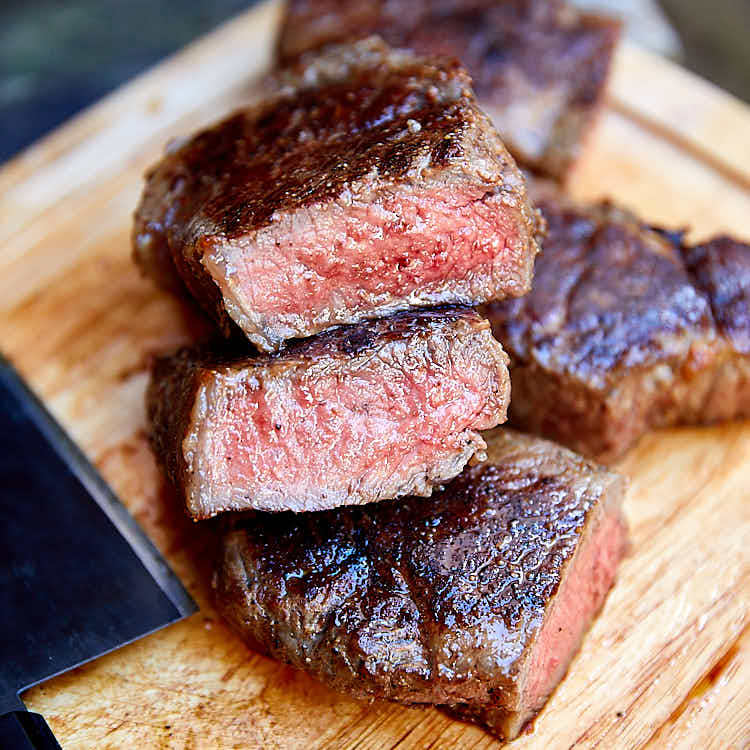Sizzling Tips: How to Cook Cube Steak on the Stov
I. Introduction

In this blog post, we will explore the versatility and tenderness of cube steak and discuss the benefits of cooking it on the stove. Cube steak, also known as minute steak, is a popular choice for many individuals due to its quick cooking time and tender texture. By following the proper techniques and using the right equipment, you can create a delicious and satisfying meal using cube steak.
II. Preparing the Cube Steak
Before cooking cube steak, it is essential to choose the right cut and ensure it is of high quality. Look for cube steak cuts that have a good amount of marbling, as this will contribute to its tenderness and flavor. Additionally, pay attention to the thickness of the steak to ensure even cooking.
To enhance the flavor of cube steak, seasoning is crucial. Apply basic seasonings such as salt, pepper, and garlic powder to both sides of the steak. These simple seasonings will complement the natural taste of the meat and elevate its overall flavor. Furthermore, tenderizing cube steak is essential to achieve a soft and tender texture. You can use various techniques like using a meat mallet or marinating the steak in a tenderizing solution to break down the muscle fibers and increase tenderness.
III. Pan Preparation
Choosing the right pan is essential when it comes to cooking cube steak on the stove. A heavy-bottomed skillet that allows for even heat distribution is ideal to achieve consistent cooking results. Consider whether you want a non-stick pan or a stainless steel option. Non-stick pans are convenient for easy clean-up, but stainless steel pans tend to provide a better sear and browning.
Before placing the cube steak in the pan, it is crucial to preheat it properly. Preheating the pan allows the steak to cook evenly and ensures a crispy exterior. Heat the skillet over medium-high heat until it is hot but not smoking. This step is essential to sear the meat and lock in its juices.
IV. Pan-Frying Cube Steak
A. Oil or Butter:
Choosing the Cooking Fat When it comes to pan-frying cube steak, you have the option of using oil or butter as your cooking fat. Both have their own characteristics and can add unique flavors to your steak.
- Comparing the characteristics of oil and butter:
- Oil: Using a neutral-flavored oil like vegetable, canola, or grapeseed oil is a popular choice for pan-frying cube steak. These oils have a high smoke point, which means they can withstand high heat without burning. They also provide a crispy exterior to the steak.
- Butter: Butter adds richness and a distinct flavor to the cube steak. It can enhance the taste and create a lovely golden-brown crust. However, butter has a lower smoke point compared to oils, so it’s important to be mindful of the heat level.
- Determining the amount of cooking fat needed:
- Regardless of whether you choose oil or butter, it’s important to use enough to cover the bottom of the pan. Aim for about 1-2 tablespoons of oil or butter, depending on the size of the pan and the amount of steak being cooked.
B. Searing Cube Steak
Searing is a crucial step in pan-frying cube steak as it helps develop a flavorful, golden-brown crust. Follow these steps for a successful sear:
- Preparing the cube steak for searing:
- Pat dry the cube steak with paper towels to remove excess moisture. This helps promote browning and prevents steaming.
- Season the steak with salt and pepper or your preferred seasonings. Allow the steak to sit at room temperature for about 15-20 minutes before cooking.
- Achieving a golden-brown crust through proper searing technique:
- Heat the pan over medium-high heat and add your chosen cooking fat. Allow the fat to melt or heat until it shimmers.
- Carefully place the cube steak in the pan, ensuring it makes direct contact with the hot surface. Avoid overcrowding the pan to allow for proper browning.
- Sear the steak for about 2-3 minutes on each side, resisting the urge to constantly move or flip the steak. This allows the Maillard reaction to occur, resulting in a flavorful crust.
C. Cooking Time and Temperature
Cooking time and temperature greatly impact the juiciness and tenderness of your cube steak. Follow these guidelines for optimal results:
- Determining the ideal cooking time based on steak thickness:
- Cube steak is generally thinner than other cuts of steak. Cooking times may range from 3-5 minutes per side, depending on the thickness of the steak.
- Use a meat thermometer to check the internal temperature. For medium-rare, aim for 130-135°F (54-57°C), while medium is around 140-145°F (60-63°C).
- Maintaining the correct heat level for juicy and tender steak:
- After searing, reduce the heat to medium or medium-low to prevent the exterior from overcooking before the interior reaches the desired temperature.
- Flip the steak only once during the cooking process to ensure even doneness.
V. Resting and Serving
A. Resting Cube Steak
Resting the cooked cube steak is a crucial step that allows the juices within the meat to redistribute, resulting in a more flavorful and tender steak. Here’s why it’s important and how to do it:
- Importance of resting before slicing:
- Resting the cube steak allows the muscle fibers to relax and reabsorb the juices, preventing them from spilling out when you cut into the steak. This helps retain its moisture and tenderness.
- Allowing juices to redistribute for enhanced flavor:
- Rest the cooked cube steak for about 5-10 minutes before slicing. Tent it loosely with foil to retain some of the heat.
- During this time, the residual heat carries on cooking the steak slightly while the juices distribute throughout the meat.
B. Garnishing and Serving Options
Enhance the flavor and presentation of your pan-fried cube steak with these garnishing and serving ideas:
- Adding flavor and visual appeal through garnishes:
- Sprinkle freshly chopped herbs like parsley, cilantro, or thyme over the steak for a burst of freshness.
- Top the steak with a slice of compound butter, such as garlic herb butter or blue cheese butter, to add richness and enhance the taste.
- Suggested side dishes and accompaniments:
- Serve the cube steak alongside classic steakhouse sides like mashed potatoes, roasted vegetables, or creamed spinach.
- Consider a tangy sauce or chimichurri on the side to complement the richness of the steak. Alternatively, a savory mushroom sauce or red wine reduction can also pair well.
VI. Cleaning and Maintaining the Pan

A. Cleaning the Pan
Properly cleaning the pan after cooking ensures its longevity and removes any cooked-on residue. Follow these steps for a clean pan:
- Removing cooked-on residue from the pan:
- Allow the pan to cool slightly before cleaning to avoid injury.
- Using a soft sponge or non-abrasive brush, scrub away any stuck-on bits or residue with warm, soapy water.
- For stubborn residue, soak the pan in warm water with a mild dish soap or vinegar to loosen it before scrubbing.
- Proper care to maintain the pan’s longevity:
- Avoid using harsh abrasives or metal utensils that can scratch or damage the pan’s surface.
- Dry the pan thoroughly before storing to prevent rust or corrosion.
B. Storage Tips for Cooked Cube Steak
Proper storage of leftover cooked cube steak ensures its safety and allows for future enjoyment. Consider the following tips:
- Storing leftover cooked cube steak safely:
- Let the cooked steak cool completely before refrigerating to prevent bacterial growth.
- Store the cooled steak in an airtight container or wrap it tightly in plastic wrap or aluminum foil.
- Place it in the refrigerator within two hours of cooking and consume within 3-4 days.
- Reheating methods for maximum enjoyment:
- To reheat the cube steak without overcooking it, use methods such as gentle stovetop reheating or heating in the oven.
- For stovetop reheating, add a small amount of oil or butter to a skillet over medium heat and warm the steak for a few minutes on each side until heated through.
- Alternatively, reheat the steak in a preheated oven at a low temperature, around 250°F (120°C), until warmed to your liking.
VII. Conclusion
By following these steps, you can master the art of pan-frying cube steak and create a delicious, tender, and flavorful meal every time. Whether you choose to use oil or butter as your cooking fat, obtaining a golden-brown crust through proper searing technique is the key. Remember to monitor the cooking time and temperature to ensure a juicy and tender steak. Allow the cooked steak to rest before slicing to lock in the juices, and consider garnishing it with fresh herbs or flavored butter. Serve with complementary side dishes and properly clean and maintain your pan for its longevity. Lastly, store any leftovers safely and reheat them using gentle methods to retain their quality. With these tips and techniques, you’ll be able to enjoy a perfectly pan-fried cube steak that will impress your family and friends.

